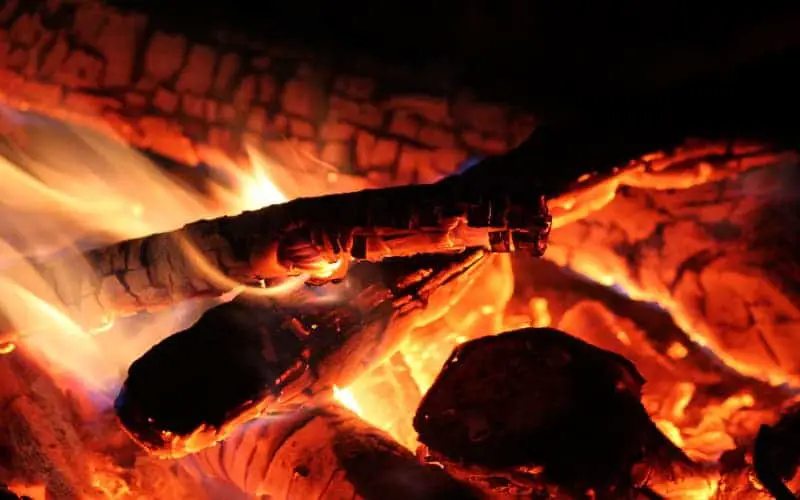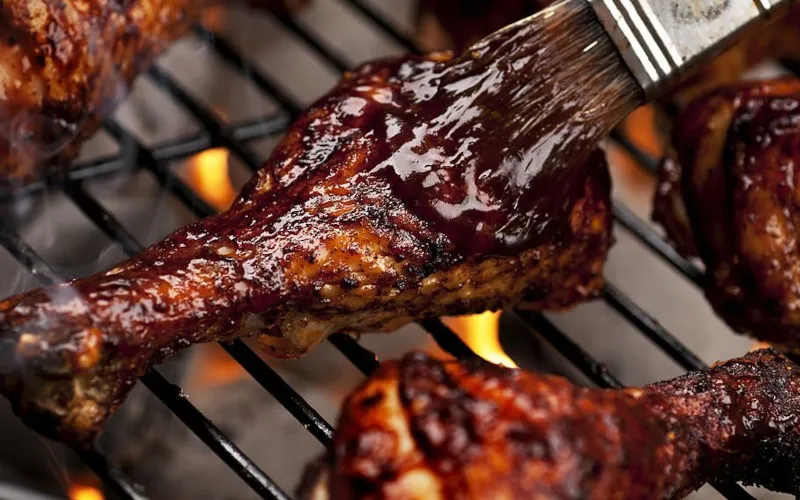If you’re a steak lover, you’ve likely heard of filet mignon and ribeye. However, many people don’t know the difference between these two cuts of beef. Well, today, we’re here to answer that question for you.
In this blog post, we’ll review some key facts about each cut and help you decide which is best for your needs.
What is Filet Mignon?
Filet mignon is a cut of beef from the tenderloin, which is located near the cow’s spine. It can be traced back to medieval times when it was prepared for kings and their queens. Today, the filet mignon is very tender and expensive due to its low-fat content. The word “filet” derives from the French word “filet,” which means “a thin strip or slice.”
Filet mignon comes from the small end, or tail end, of the short loin muscle. It is a cut with very little marbling and a uniform color throughout.
Filet mignon cut can be compared to a boneless pork chop – both are very lean and have a short cooking time. It is trimmed so there are no large seams of fat, which can be one of the best parts if you enjoy eating ribeye.
Filet mignon can be grilled or pan-seared. It is the most tender cut of beef.
Another thing to know about filet mignon is they’re known for being expensive cuts of beef. You can expect to pay anywhere from $25-$125 for a good restaurant-grade filet mignon, depending on where you go.
Pros:
- Tender and easy to eat when cooked correctly (medium-rare or medium).
- Filet mignon is extremely tender with a mild flavor.
Cons:
- Filet mignon isn’t as flavorful or filling as other cuts of beef, such as ribeye or New York strip steak.
- Because filet mignon is more tender than other cuts of beef, you’ll need to be careful not to overcook it or it will turn out dry and tough.
- More expensive than ribeye.
[humix url=”https://electricsmokerhq.com/humix/video/ZQ3G6YOtPWf” float=”1″ autoplay=”1″ loop=”1″]
What is Ribeye?
Ribeye comes from the rib area on a cow and has more fat marbling throughout than filet mignon making it much juicier when cooked to medium-rare. The ribeye steak is also called cowboy steak, Delmonico, and beauty steak.
The large end is called a ‘club’ steak, while the small end is called a ‘shell’ steak.
Ribeye gets its name because it includes meat and fat, with more of the latter providing flavor when grilled or seared. It is a very flavorful cut of beef with lots of marbling making it the best choice if you enjoy eating prime rib or grilled steaks.
This steak can be roasted, pan-seared, broiled, or grilled to perfection.
Since it’s high-quality and full of nutrients like protein and iron, it’s a pretty affordable cut of beef. At most restaurants and grocery stores, you can expect to pay around $15 for a bone-in ribeye.
That being said, if you want your steak well done or prefer filet mignon over all other cuts of meat, the extra cost may be worth it to you.
Pros:
- Ribeyes are more flavorful than filet mignon but not quite as tender or small in size.
- If you’re looking for a hearty meal that will fill you up, ribeye is likely your best choice.
- Served rare, it’s not too tough to eat.
- Less-expensive steak.
Cons:
- Ribeyes are usually larger than other steaks and can be difficult to cook evenly because of their thickness.
- Ribeye steaks are also fattier than other cuts of beef and because of this they may not be a great option for those trying to watch their fat intake.
Difference Between Filet Mignon and Ribeye
The main difference between filet mignon and ribeye is in the location of the cut. Filet mignon comes from the tenderloin, which is under the backbone. Ribeye comes from the rib primal to either side of the backbone.
Another difference between filet mignon and ribeye is that filet mignon comes from a more tender part of beef. In contrast, ribeye comes from a chewier section with extra marbling for flavor and juiciness.
Filet mignon tends to be seared on top after being cooked, while ribeye is often served as a whole steak with the bone attached.
The rib primal also includes the rib chops, but not much else. The two are very similar, but if you’re looking for a steak with more fat in it, you will want to go with ribeye.
Filet mignon is a very tender cut that’s great with bold flavors but can be expensive due to its popularity as an individual portion item rather than a larger family-sized meal like ribeye makes it perfect for.
Probably the most well-known difference between the two cuts of beef is their price. Filet mignon is much more expensive than ribeye, but this doesn’t always mean it’s better.
They also come from different parts of the cow and have different textures and flavors. Ribeye has a stronger and chewier flavor, while filet mignon is soft and melts in your mouth. This means ribeye will be your best pick if you like to cook a steak well done.
They also cook at different temperatures: ribeye cooks best at high heat, and filet mignon needs lower heat. The average ribeye steak will take about 10 minutes to cook, whereas a filet mignon will take 15-20 minutes.
Filet Mignon or Ribeye: Which One is Better?
That depends on your personal preferences and what you’re in the mood for. If you have a big family or plan on cooking steaks regularly, go with ribeye because it’s more affordable and has a stronger flavor.
If you only plan to cook steak for special occasions or prefer more delicate and tender meat, go with filet mignon.
Conclusion
Ribeye is a flavorful meat cut with more marbling than the filet mignon, so it’s juicier and tastier. It also tends to have less connective tissue, making it easier to chew. If you’re looking for an extra-lean beef option with some fat on top, then the ribeye might be your best bet.
However, if you want something leaner or are trying to avoid red meats altogether due to health reasons, go for the filet mignon instead.
We hope this blog post helped clear up any questions about these two cuts of steak – now all that’s left is choosing which one suits your needs.





